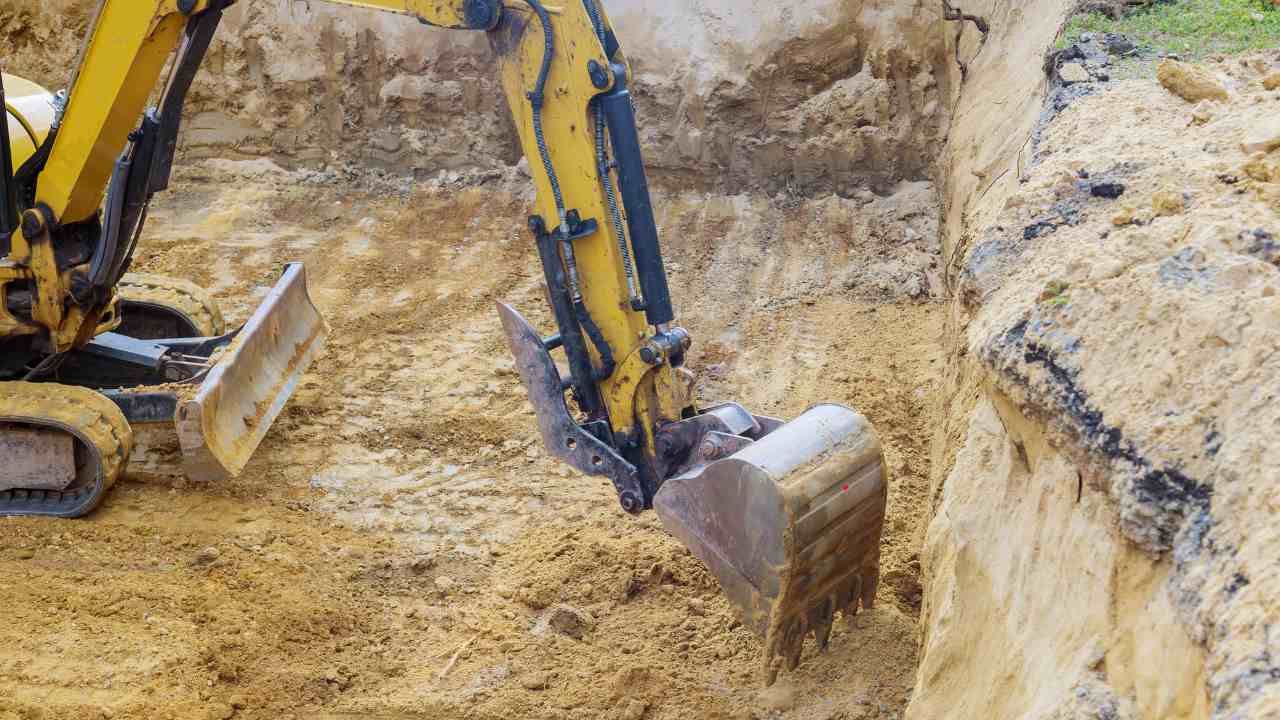How to Prepare Your Site for Excavation in Winter Weather

Winter construction projects can be tricky, and excavation work is no exception. Cold temperatures, frozen ground, and unpredictable weather can quickly delay your timeline and increase costs if you’re not prepared. Whether you’re planning a residential foundation or a commercial dig, taking the right precautions before breaking ground will save time, money, and headaches.
In this guide, you’ll learn the essential steps to prepare your site for winter excavation—so your project runs smoothly, safely, and on schedule.
1. Schedule Early and Hire the Right Team
Timing is everything in winter excavation. Before the frost sets in, contact an experienced excavation contractor in Spencer MA who understands how to handle cold-weather soil and equipment challenges. Companies like Groundscapes Inc. plan projects strategically around weather patterns to minimize downtime and prevent unnecessary costs. Working with local excavation experts ensures you’re dealing with professionals who know the soil composition, regional regulations, and potential winter hazards specific to your area.
Pro tip: Schedule site assessments and permitting early. Frozen ground and shorter days can push back start dates, so getting ahead of the calendar is key.
2. Assess Soil Conditions and Drainage
Winter brings moisture—and moisture brings problems. Before excavation begins, test your soil’s composition and drainage capacity. Clay-heavy or compacted soils can retain water, making them harder to dig and prone to freezing solid. When this happens, excavation takes longer and costs more.
Create temporary drainage channels or install gravel layers to help move water away from the work area. Proper grading before the first dig can prevent water from pooling or turning to ice, which can make equipment slip or stall.
Case Study: A small commercial project in central Massachusetts faced repeated equipment delays due to frozen topsoil. After a quick soil test revealed poor drainage, the crew added a layer of crushed stone and regraded the site. This simple fix cut excavation time by nearly 30% and eliminated costly thawing measures.
3. Protect Utilities and Mark Boundaries
Cold weather makes it harder to locate underground utilities, especially if snow or frost covers the surface. Always call 811 before digging, and clearly mark gas, electric, and water lines. Frozen ground can make excavation equipment harder to control, so visibility is critical.
Mark your site boundaries early using flags or durable paint that remains visible in snowy conditions. This step not only improves safety but also keeps your project compliant with local construction codes.
4. Prepare the Site for Equipment Access
Frozen or muddy ground can make it tough for heavy machinery to maneuver. Before starting work, build stable access roads using gravel or compacted stone. This keeps your equipment from sinking or skidding, reducing the risk of accidents and costly repairs.
If your site sits on a slope, consider using temporary mats or steel plates for added traction. Keep de-icing materials on hand, especially for early morning shifts when frost is at its worst.
5. Implement Weather Protection Measures
Winter weather can change in minutes. To stay ahead, set up tarps, temporary shelters, or heated enclosures over critical work zones. These help maintain soil temperature and protect freshly excavated areas from freezing overnight.
Monitor forecasts daily and plan around storm systems. Even if your crew is used to the cold, working through snow and ice dramatically increases the risk of injury and delays. Sometimes, the smartest move is to pause and protect your progress rather than push through dangerous conditions.
6. Keep Safety at the Forefront
Winter excavation introduces extra safety concerns—icy surfaces, reduced visibility, and cold stress on workers. Make sure your crew wears insulated gear, reflective clothing, and non-slip boots. Rotate tasks regularly so no one is exposed to extreme cold for too long.
Schedule more frequent equipment inspections as well; hydraulic lines and metal components can become brittle in freezing temperatures.
Final Thoughts
Winter excavation doesn’t have to mean chaos or costly setbacks. With the right planning, team, and protective measures, your site can stay productive even when the temperature drops.
If you’re preparing a project this season, start by partnering with professionals who understand your local environment. Their experience can make the difference between fighting the weather and working with it.
Planning a cold-weather dig? Talk to your local excavation professionals today and get your site winter-ready before the frost hits.




